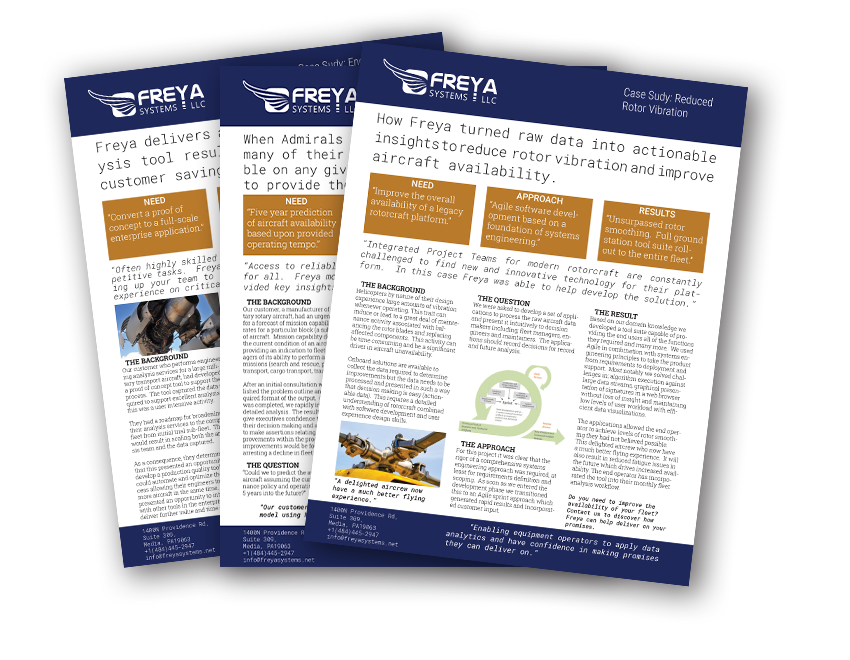
“Bad Vibes” Could Be Draining Cash from Your Operation
Most industrial equipment like machinery, pumps, and motors, is engineered to operate smoothly and minimize vibration. Vibration, however, can sometimes indicate problems or deterioration in the equipment. Further, vibration can cause machinery to consume excessive power reducing its energy efficiency. If the root causes are not corrected, the unwanted vibration will likely cause additional damage. In today’s environment of supply chain constraints, rising costs, and regulatory pressure to reduce environmental impacts, a slight vibration can become a big problem.
The effects of vibration can be severe. Unchecked machine vibration can accelerate wear rates (i.e., reduce bearing life) and damage expensive assets. Vibration outside the range engineers designed can cause machinery to draw too much energy. In the most serious cases, vibration can damage equipment to the point of failure, knocking it out of service permanently and shutting-down operations.
Predicting Vibrational Failure before it Happens
There is an unseen antidote to these “bad vibes”. Gathering the vibration data allows it to be measured and analyzed correctly. Vibration can be used in a preventive maintenance program to indicate machine condition and help guide the plant maintenance professional to take remedial action before disaster strikes. Understanding why vibration occurs and its impact is a critical first step toward preventing vibration from causing trouble in its mechanical environment.
Today, if you are not employing predictive analytics to optimize performance, strategically schedule maintenance, and increase reliability, you are falling behind the curve in the competitive landscape.
Industrial operations have always experienced equipment failures. While they may be completely inescapable, equipment failures should not cause serious downtime, eat into profits or make manufacturers overspend their budgets. These are usually the worst-case scenarios and why companies strive to avoid them through traditional means.
These challenges are compounded by the fact that today’s facilities are far more complex than ever before, consisting of data networks, integrated hardware, and a host of automated systems. As a result, many operations do not have sufficient maintenance methodologies and decision tools in place.
Predictive analytics and data-driven dashboards in industrial operations empower your data and your employees to predict hardware failure scenarios ahead of time, identify when maintenance is required, alert maintenance staff when necessary, and provide preventative solutions, even when the problem is as difficult to assess as a deviation in vibration.
From Industrial Processes to Aircraft
Integrated Project Teams for modern rotorcraft in the military are constantly challenged to find new and innovative technology to reduce downtime and improve readiness. Freya Systems recently collaborated with a team to turn raw vibration data into actionable insights to reduce rotor vibration and improve aircraft availability in the Defense space.
A comprehensive systems engineering approach was required for this project, at least for requirements definition and scope. Based on Freya’s domain knowledge, we developed a tool suite capable of providing the client with all the required functions and many more. Most notably, Freya solved challenges in algorithm execution against large data streams, graphical presentation of signatures in a web browser without loss of insight, and maintaining low levels of user workload with efficient data visualizations.
The applications allowed the operator to achieve levels of vibration mitigation and rotor smoothing that they had not believed possible. In addition, the integration of predictive tools to the workflow reduced fatigue issues which drives an increase in availability.
Are you using all the data available in your industrial operation to optimize efficiency, improve reliability, and reduce cost?


